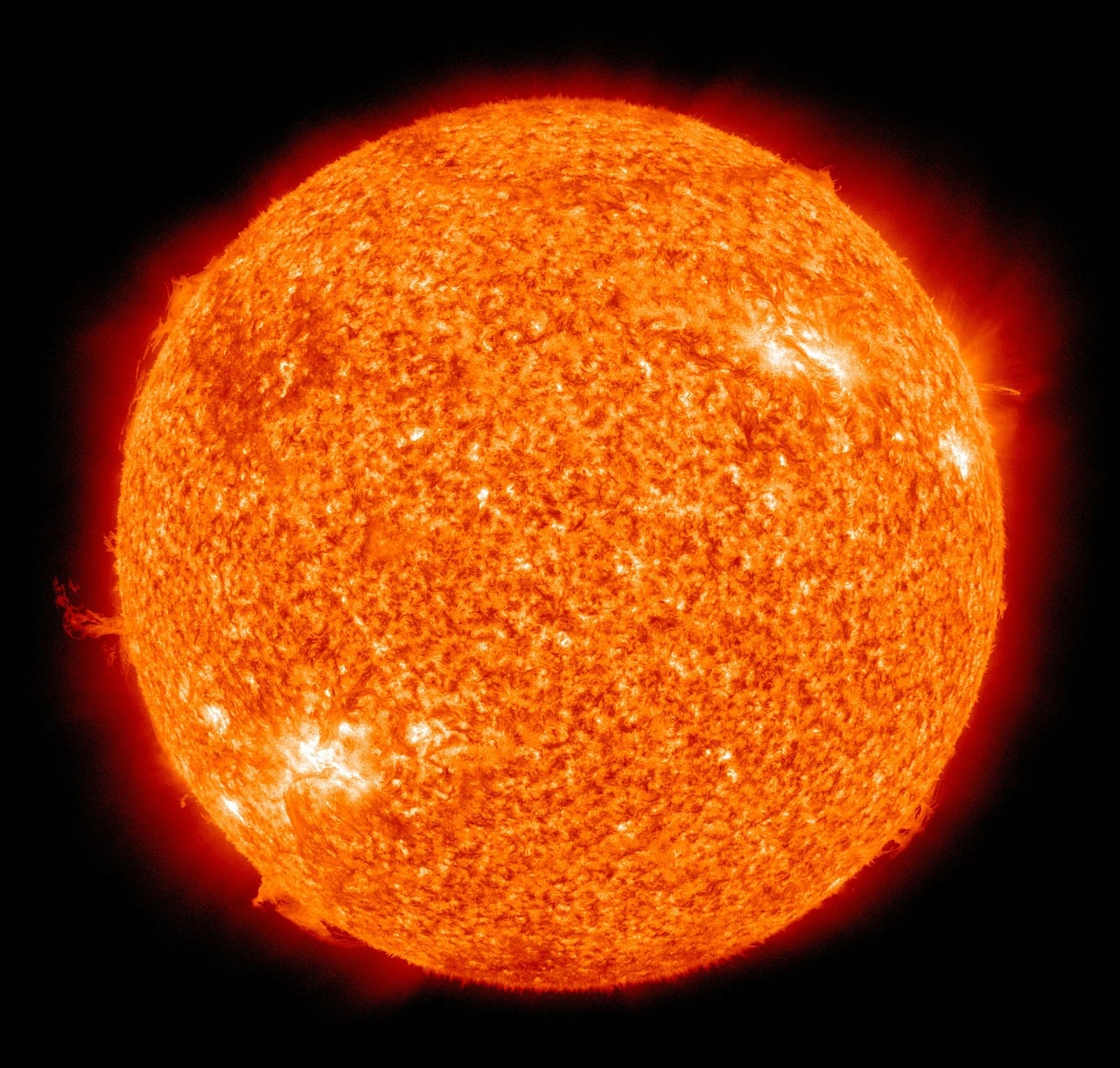Scientists have been trying to understand the effects of the sun’s activity for a long time, as well as other stars in the universe. That said, scientists observed some events present in many stars in the Milky Way galaxies called superflares, hinting that our sun could release a massive superflare over the next 100 years, adding that it rarely occurs for our sun.
Researchers still don’t understand why superflares occur, but it’s an event when a star releases a massive burst of energy that can be seen hundreds of light years away. For a long time scientists thought that superflares occurred on active and young stars, which the sun isn’t by all terms.
According to the study published in The Astrophysical Journal, these pyrotechnic events can occur on older suns and the sun is no exception, as it could release a massive superflare in the next 100 years. According to Yuta Notsu, author of the study and a visiting researcher at CU Boulder’s Laboratory for Atmospheric and Space Physics, this solar flare could be a “wake-up call for life on our planet.”
Similar to the effects of massive geomagnetic storms, these massive superflares from the sun could have devastating consequences to the electronics and telecommunication systems across the Earth. Moreover, there is a possibility that even satellites in orbit would stop communicating with the Earth.
The research was presented at a briefing at the 234th meeting of the American Astronomical Society in St. Louis.
“Our study shows that superflares are rare events,” Notsu said in a statement. “But there is some possibility that we could experience such an event in the next 100 years or so.”
Notsu noted that normal-sized flares are common and happen on the sun. Researchers studied them using the now late Kepler Space Telescope. Kepler’s data was, however, showing that the flares from the stars were much bigger compared to the largest flare ever recorded by instruments on Earth, bringing the question of whether it’s possible for the sun to eject a massive superflare which could disrupt communications on Earth.
“When our sun was young, it was very active because it rotated very fast and probably generated more powerful flares,” said Notsu. “But we didn’t know if such large flares occur on the modern sun with very low frequency.”
Notsu and his team then used data from the European Space Agency’s Gaia spacecraft as well as from the Apache Point Observatory in New Mexico. Using a series of tests, researchers narrowed down the number of super powerful flares noted to 43 stars that resembled that of the sun, and then used that data for statistics.
They determined that the age of the star matters, because younger stars produce the most powerful superflares, although stars like the sun that is 4.6 billion years old, shouldn’t be ruled out.
“Young stars have superflares once every week or so,” Notsu said. “For the sun, it’s once every few thousand years on average.”
“If a superflare occurred 1,000 years ago, it was probably no big problem. People may have seen a large aurora,” Notsu said. “Now, it’s a much bigger problem because of our electronics.”





